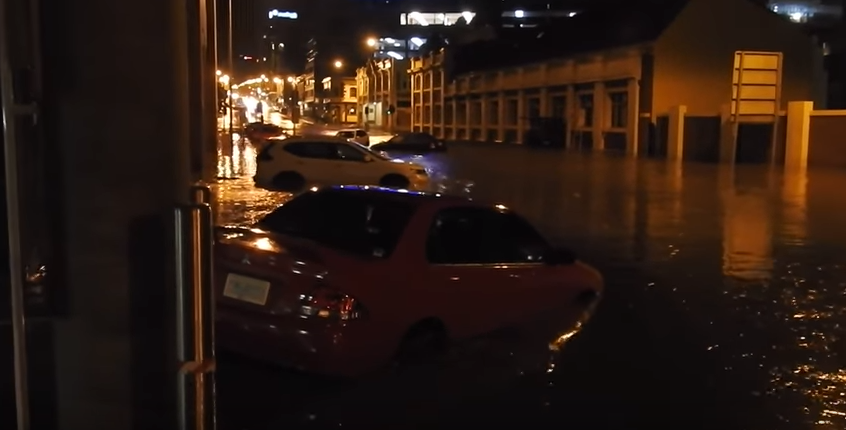
EXPERT REACTION: Tasmanian floods
Record levels of rain have hit Tasmania overnight causing flooding throughout the CBD. Below, Australian experts comment.
Organisation/s: Australian Science Media Centre, Bureau of Meteorology, Bushfire and Natural Hazards CRC, The University of Sydney
News for:
Australia
NSW
VIC
TAS
Media contact details for this story are only visible to registered journalists.


Expert Reaction
These comments have been collated by the Science Media Centre to provide a variety of expert perspectives on this issue. Feel free to use these quotes in your stories. Views expressed are the personal opinions of the experts named. They do not represent the views of the SMC or any other organisation unless specifically stated.
Professor Caroline Sullivan is Professor of Environmental Economics and Policy at Southern Cross University